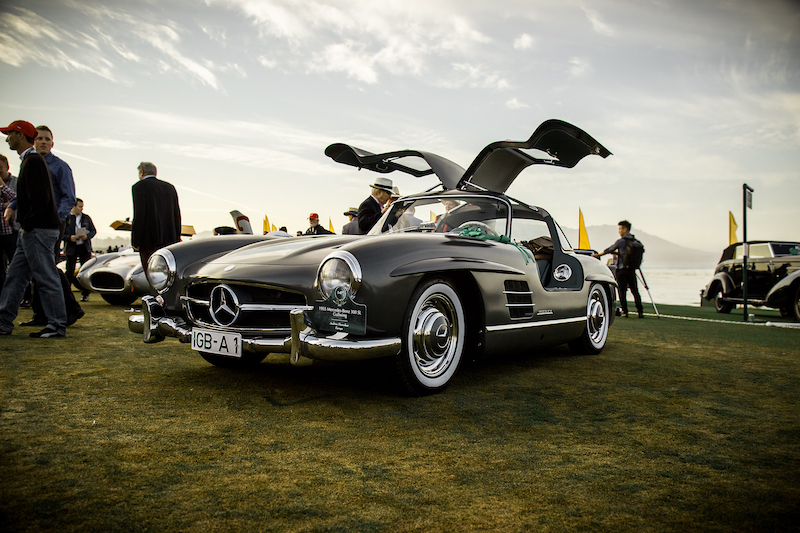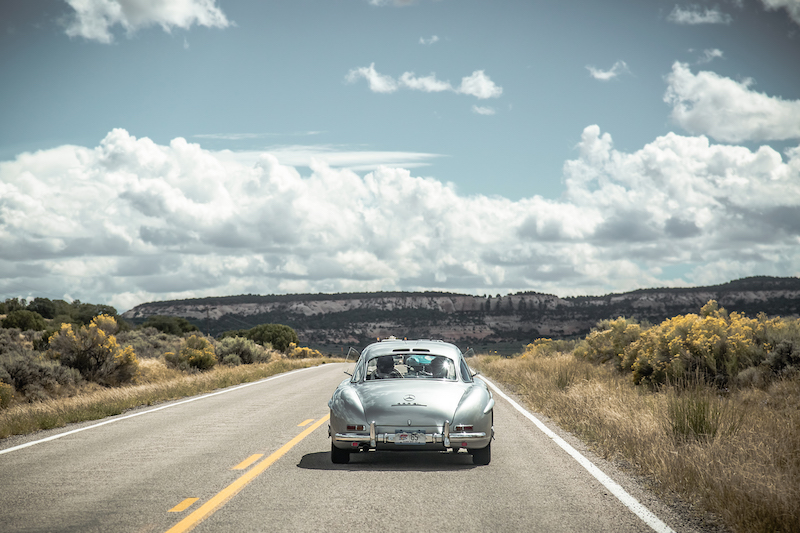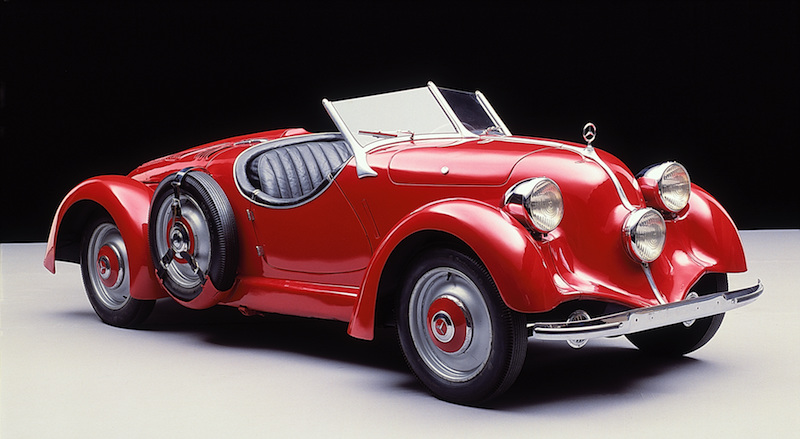Inside The Mercedes-Benz Classic Center
Today we are exploring the Mercedes-Benz Classic Center. Located in Long Beach, CA, it is THE place in the US for everything connected to buying, owning, driving and collecting vintage cars of the brand. Haute Living spoke with Constantin about these amazing cars and what the Mercedes-Benz Classic Center exactly does for them.

– What is the most popular vintage Mercedes?
The 300 SL Gullwing is by far the best known vintage Mercedes. Also, the convertible version of this car is still very popular among vintage car enthusiasts. Of course, these cars are quite rare, so in terms of quantity, the 1971 – 1981 SL is the most popular.
– Mercedes is one of the oldest car manufacturers with an uninterrupted production. What do you do when parts of the older models are simply not available?
We have over 50.000 spare parts at our disposal, also in our main depot in Germany. We focus on what we call “car killer parts,” these are parts that cannot easily be reproduced, but prevent the car from driving at all, or driving safely. When it comes to sheet metal we can make everything in-house, also, for example, wood trim for the dashboard can be made in the US. These parts get the same level of quality control as if they would have been made in Germany, and need to meet very exacting standards.

– Does the Classic Center also organize events?
Not actively, we sometimes host dinner events or networking events, but the workshop is booming, and the demand for these type of events is too strong, so it becomes unfeasible to accommodate in the building we are currently located in. We do, however, support a lot of events such as the Monterey Car Week, and also more regional events, where we can meet and connect with local owner communities, present our work and talk with collectors. Regarding driving events we are also a long standing sponsor of the Colorado Grand Rally, which takes drivers over the most magnificent roads of the Rocky Mountains while supporting charity.

– When it comes to vintage cars, some people go for a 100-point restoration, while others like to preserve patina. Which approach is the most common and how do you go about such a restoration?
We are the first factory owner and operated classic cars. Our focus is on part supply. 95% of the cars in the building are owned by customers, and we work on between 30 and 35 cars at any given time. Since everything has to be up to the highest standards, we don’t buy a lot of vintage Mercedes and put them on sale afterward as they become too expensive. We can do anything, but it is for the customer to decide. We make of course recommendations and do advocate that patina is worth preserving as it can never come back. Our primary goals are to keep the cars as authentic as possible, and safe to drive and enjoy. In terms of modification, we do accommodate painting the cars in different colors, as long as it was originally available in that era/model.

– What is the most unique Mercedes that they ever worked on?
The 1960/1961 300B sedan and convertible is very interesting to work on, as it has no central pillar. This makes it a challenging car in terms of metal work. Truly unique was the 150 Sportroadster from 1935, which is part of the Mercedes-Benz Museum Collection. When we received it is was not running and it needed a restoration. However, only two were ever made, and there was nobody left in the company who had seen them build. Documentation was also lacking, as it was a prototype. It required a lot of research, mainly in photo and newspaper archives in Germany, to get as much information on this car as possible and get it back to its original condition.












